Acconet CAT5e Indoor Ethernet Cable 100m White Solid Copper STP Pull Box | CAT5-100-SC-STP
This item is available for shipping or collection from our Centurion branch.
This item is available for shipping or collection from our Cape Town branch.
This item is available for shipping or collection from our Durban branch.
This item is available for shipping or collection from our Nelspruit branch.
This item is available for shipping or collection from our branch.



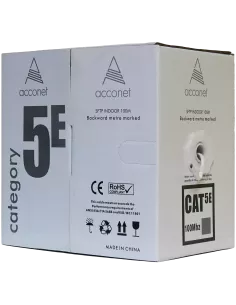

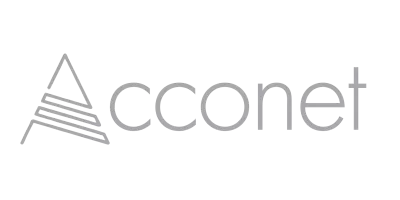
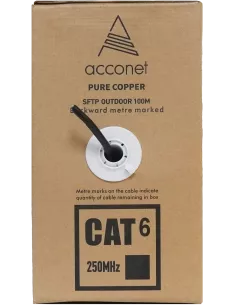

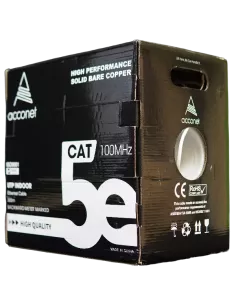
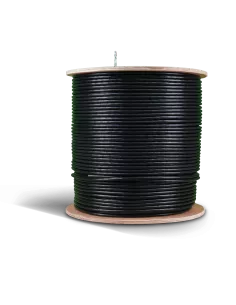
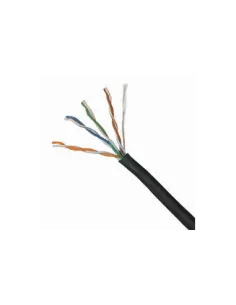
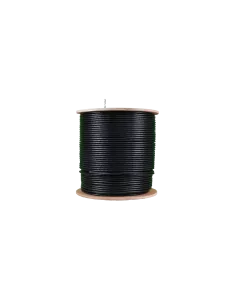
Comments
View Comments